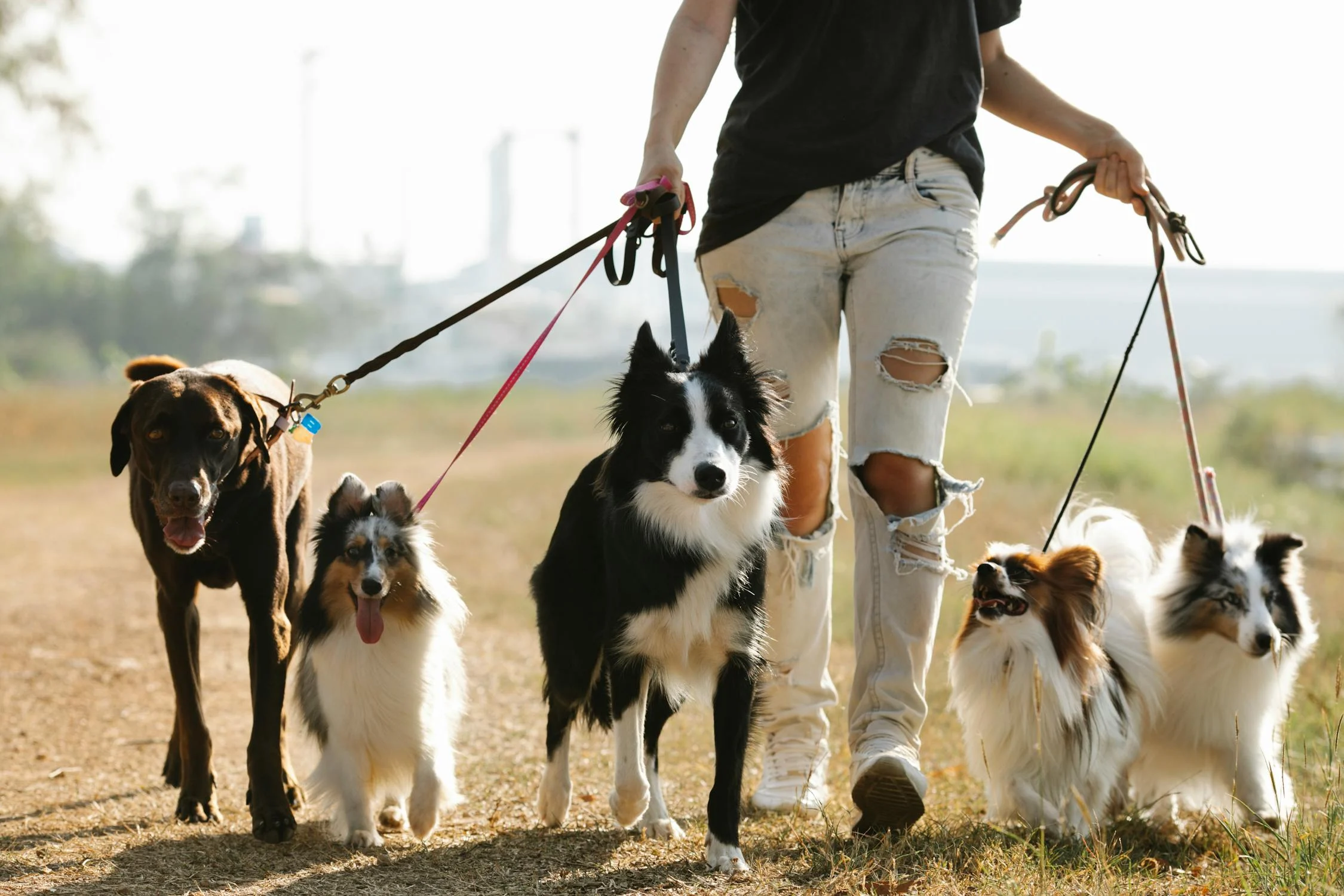-
Dogs & Puppies
-
Cats & Kittens
-
Other Pets
-
Shelters & Rescues
-
Guides & Resources

Walking your dog is more than just a daily routine; it’s an essential part of their physical and mental well-being. But when is the best time to take your furry friend out for a stroll? The ideal time for walking your dog can depend on several factors, including the weather, your dog’s age and breed, and your own schedule. Here’s a guide to help you determine the best times to walk your dog.

Early mornings are often the best time for a walk. Temperatures are cooler, especially in warmer seasons, and the quiet of the early days can make the experience more peaceful for both you and your dog. Morning walks also set a positive tone for the day and can help you both feel more energized.
Pros:
- Cooler temperatures in hot weather.
- Less crowded areas, allowing for a more relaxed walk.
- Provides a good start to the day.
Cons:
- Requires an early wake-up time.
- It can be challenging if you have a busy schedule.

Walking your dog around midday can be a good option if you’re looking to break up your day and get some fresh air. This time is often ideal during cooler months or in temperate climates. It’s also a great opportunity to enjoy some sunshine, which can be beneficial for both you and your dog.
Pros:
- Break up your day and offer a chance for midday exercise.
- Sunshine can improve mood and energy levels.
Cons:
- It can be too hot in summer, posing risks for overheating.
- It may be less convenient for those with a busy work schedule.

Evening walks can be a perfect way to unwind after a long day. Temperatures usually drop, making it more comfortable for your dog, and the setting sun can create a calm and soothing atmosphere. Evening walks can also help your dog burn off any excess energy before bedtime.
Pros:
- Cooler temperatures and a relaxing environment.
- Good way to help your dog wind down before bed.
Cons:
- May conflict with your evening plans or dinner time.
- It can be darker, making it harder to see potential hazards.

- Weather Conditions: Always take the weather into account. In hot climates, early morning or late evening walks are preferable to avoid heatstroke. In cold weather, consider mid-day walks when temperatures are milder.
- Dog’s Age and Health: Puppies and older dogs might require shorter, more frequent walks, while young and active dogs may enjoy longer strolls. Adjust the timing and length of walks based on your dog’s needs.
- Your Schedule: Find a time that fits best with your routine to ensure consistency and make the walk a regular part of your day.
There is no one-size-fits-all answer to the best time for walking your dog. It largely depends on your and your dog’s preferences and needs. Whether you choose the early morning serenity, midday break, or evening calm, the most important thing is to ensure your dog gets regular exercise and enjoys their time outside. By considering the factors mentioned above, you can determine the optimal walking times that work best for both you and your furry companion.